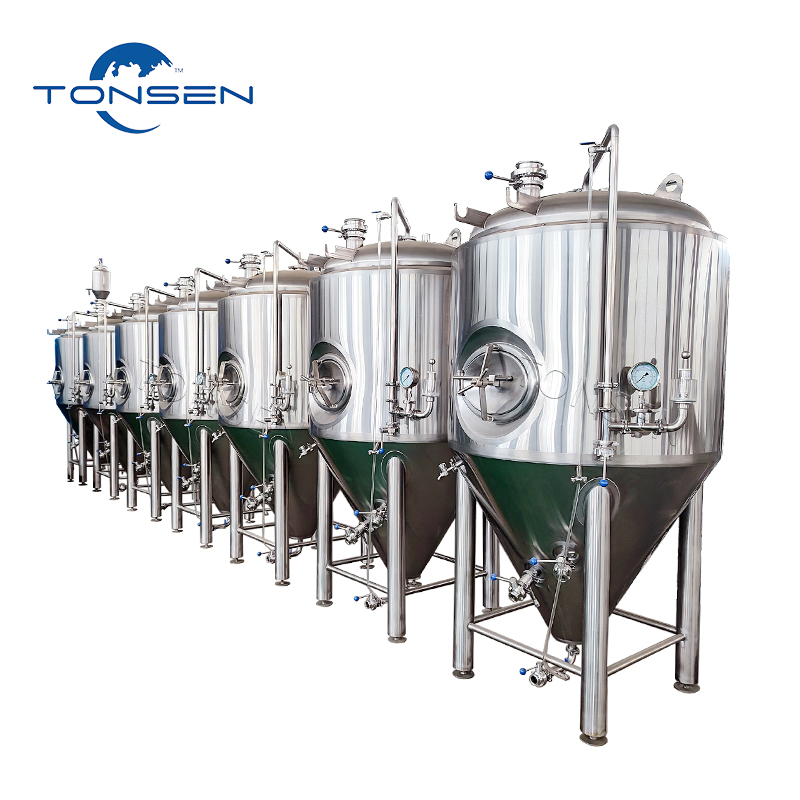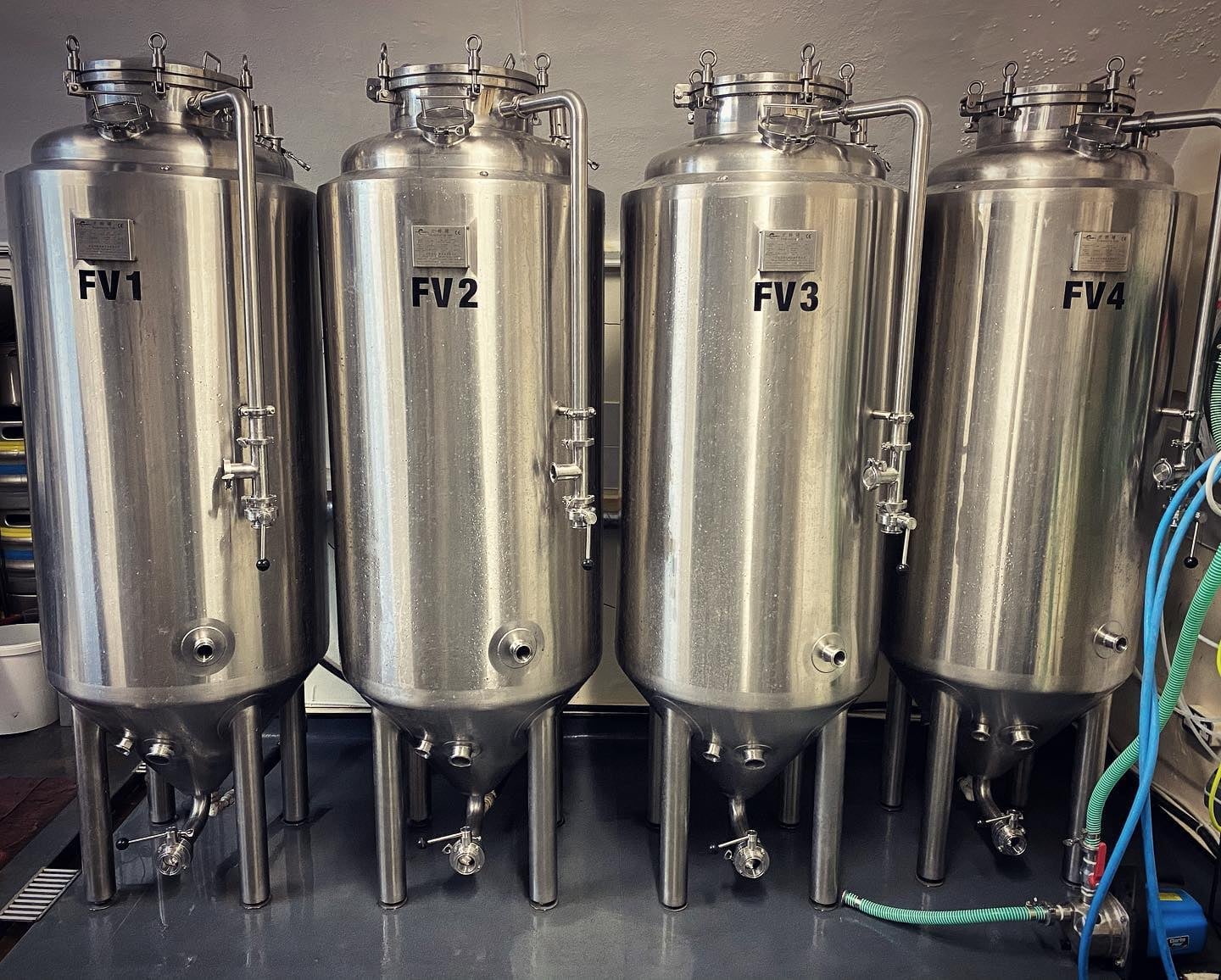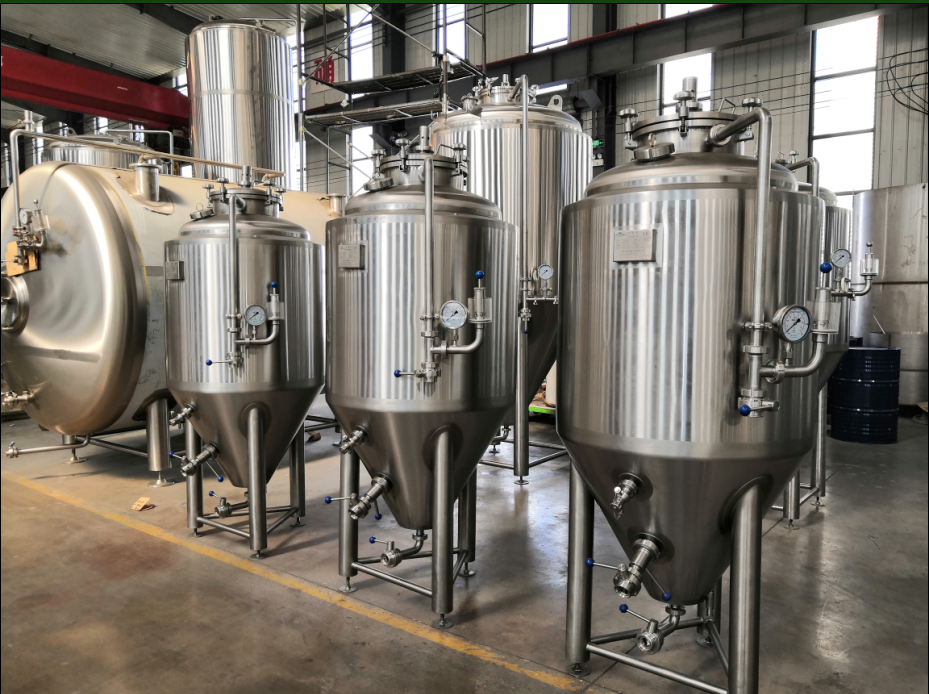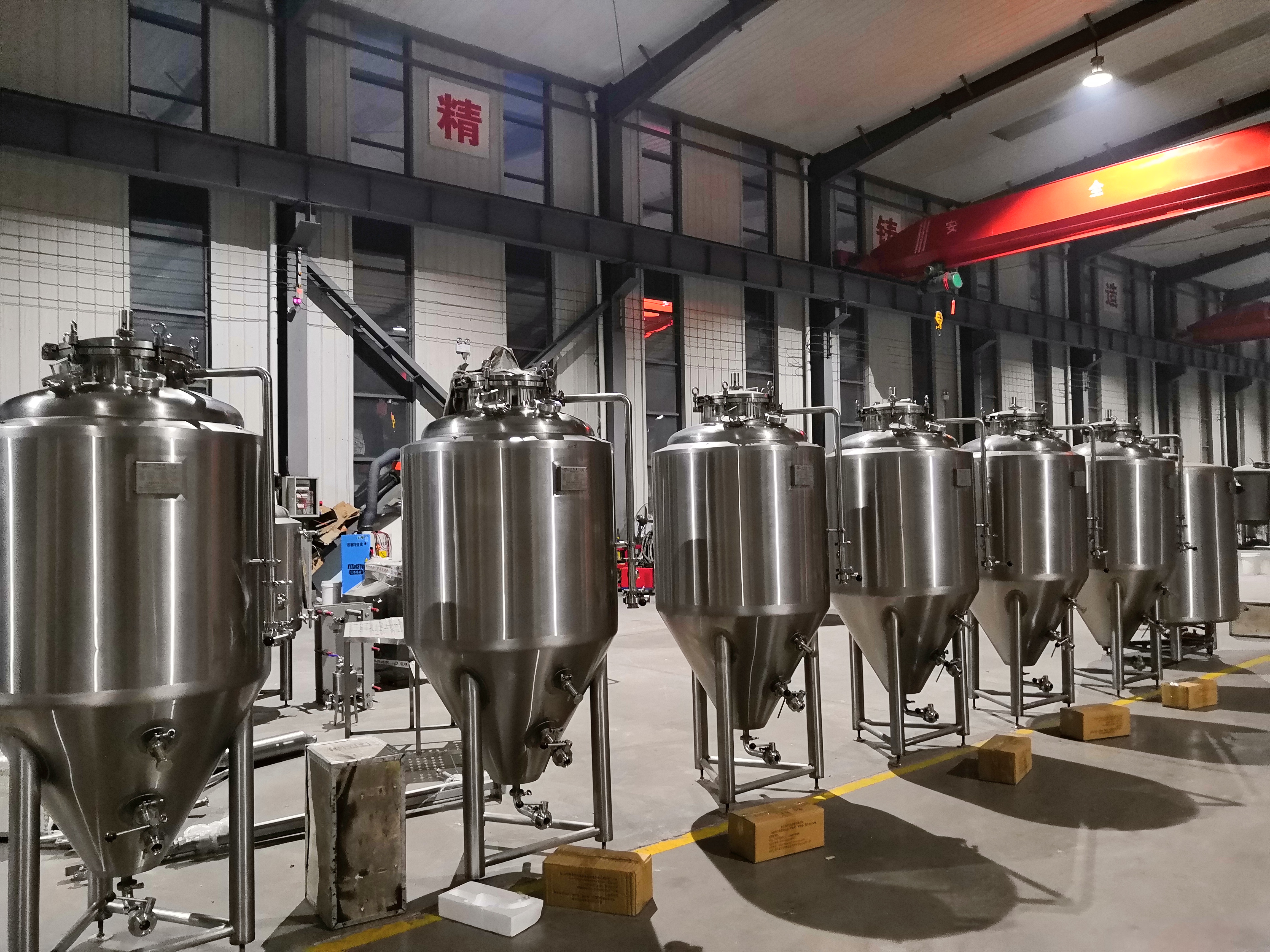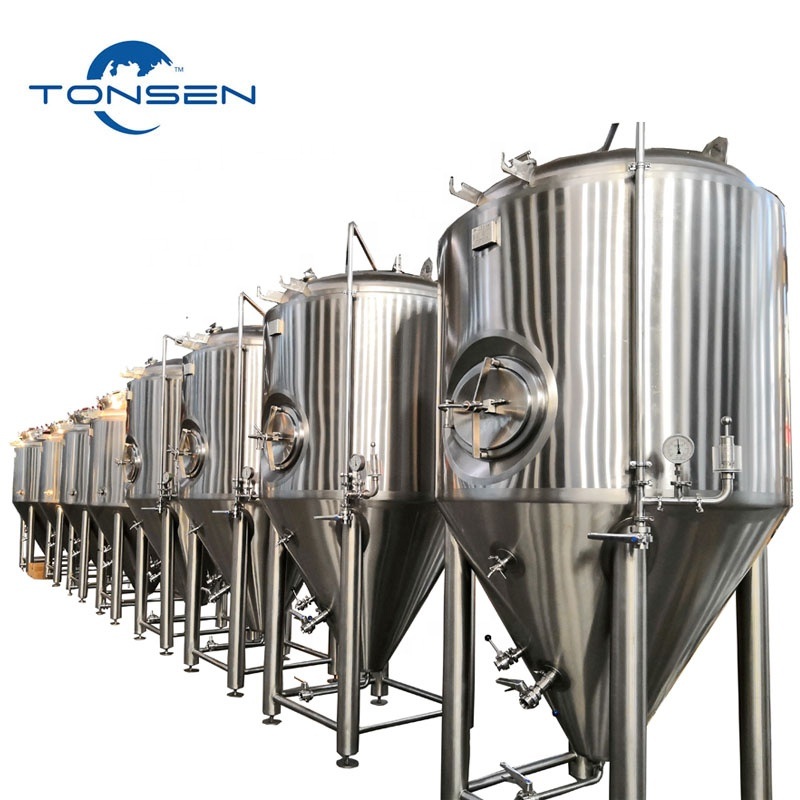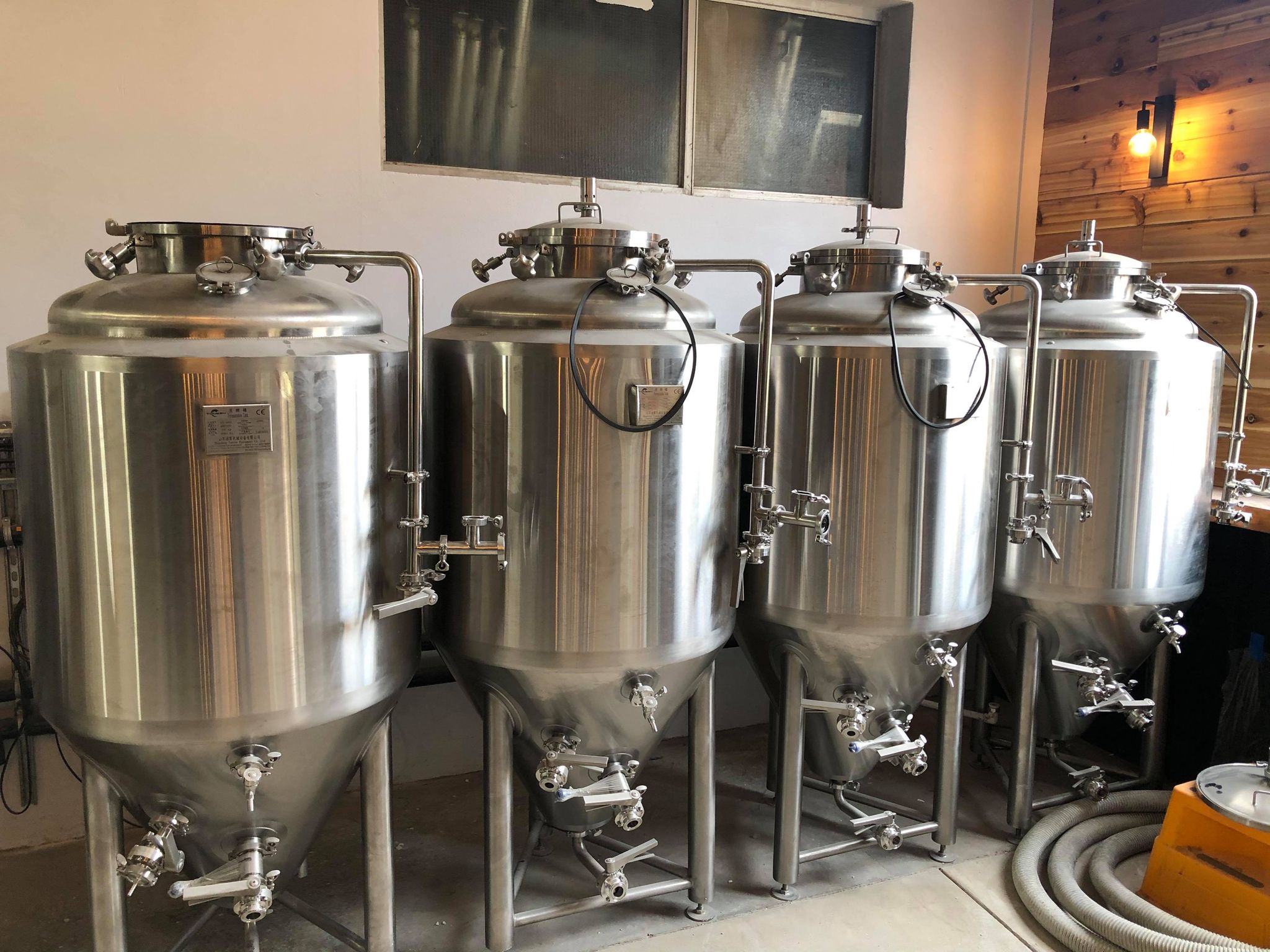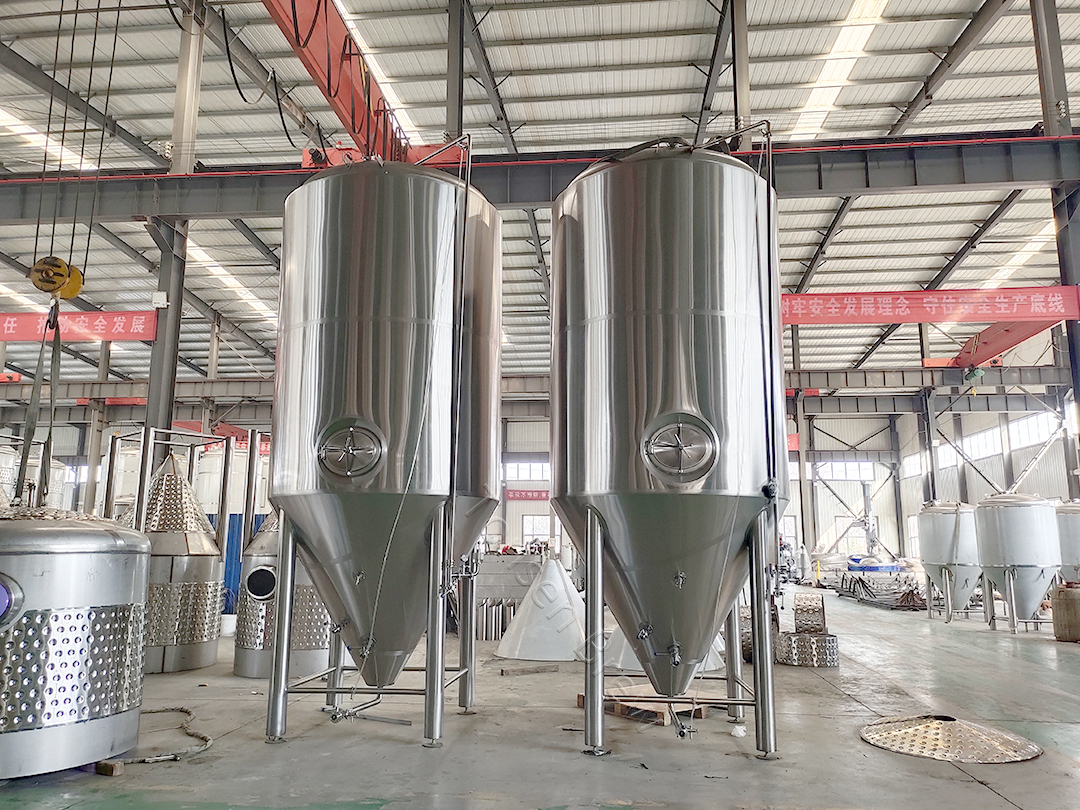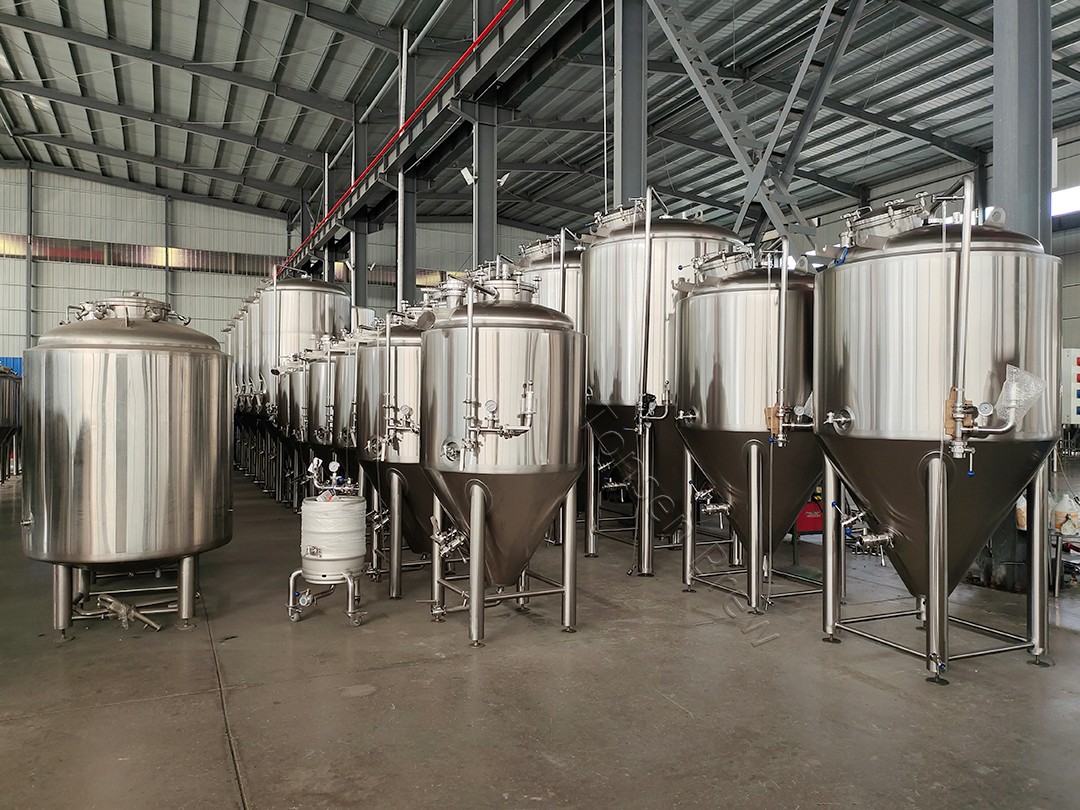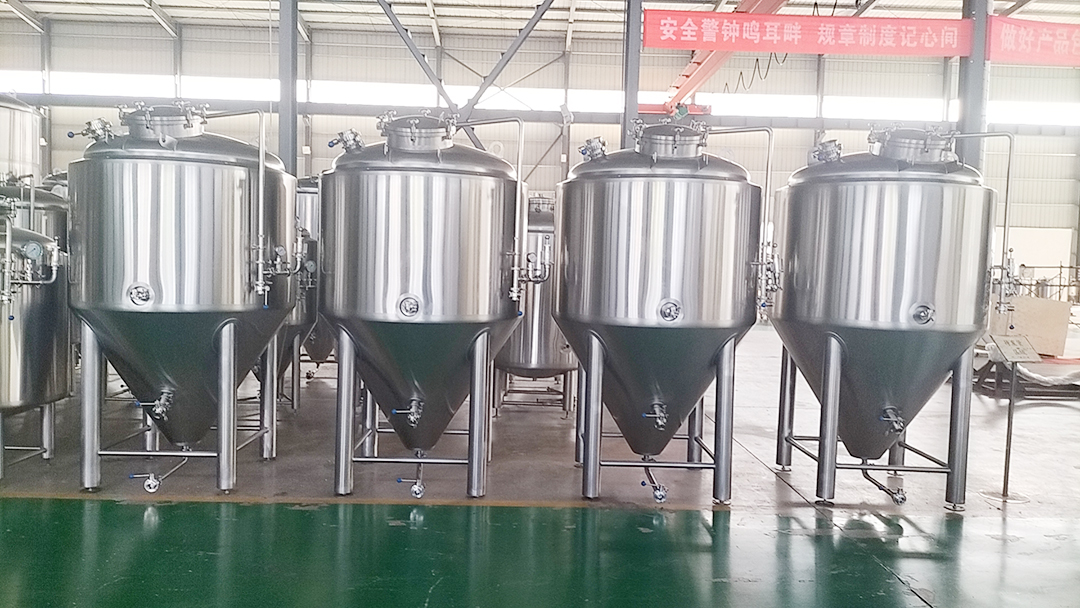
Menu
- Home
- Products
- Brewery Beer Equipment
- Restaurant Beer Equipment
- Home Brewing Equipment
- Brewhouse System For Beer Brew
- Fermenting System For Beer Brew
- Other Machines For Brewery
- Filtration System For Beer Brew
- Cip Clean System For Beer Brew
- Control System For Beer Brew
- Alcohol distillation equipment
- Classification of beer equipment
- Cooling System
- Control System
- Auxiliary Equipment
- Yeast System
- Distillation equipment
- Kombucha Brewing Equipment
- Soda water brewing equipment
- News
- Company news
- Industry news
- Case
- Factory Show
- Beer equipment production process
- Quality first, focus on customers!
- factory equipment
- Contact Us
- About Us
- Certificate
Search

